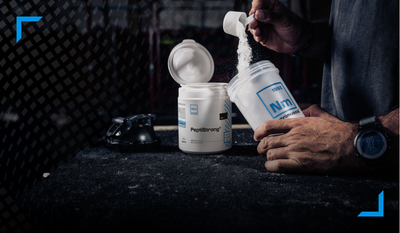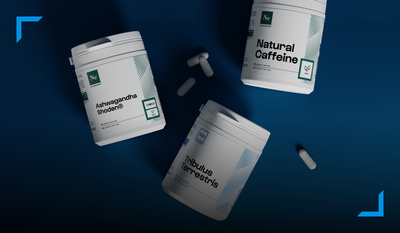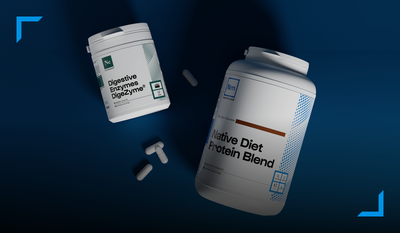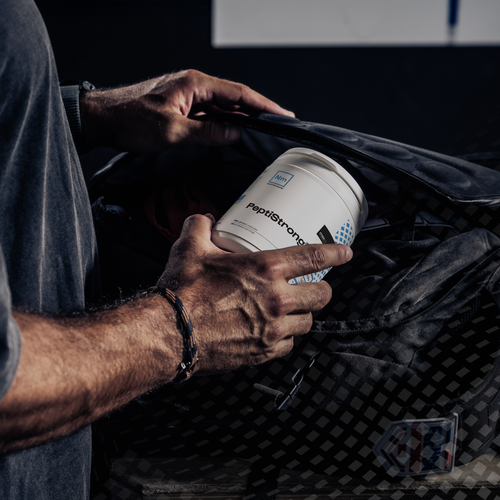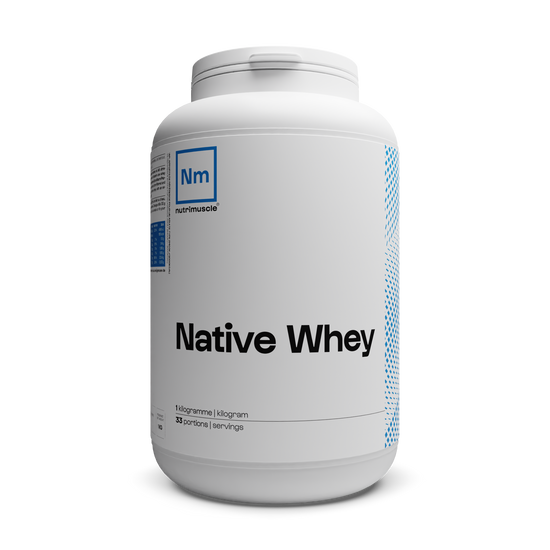0 commentaires
Perhaps you have questions about protein intake in relation to aging? How is it possible to maintain muscle mass as you age? What role do proteins play in the daily lives of seniors?
When muscles increase life expectancy
Many large-scale studies have sought to analyze the causes of mortality among seniors. More than 32% of deaths are caused by cancer and 28% by cardiovascular diseases. From this research on longevity, an interesting fact emerges: the more a senior has a large muscle mass, the more likely he or she is to live a long time (1-2).
On the contrary, a deficit of muscle mass leads to a significant decrease in life expectancy (1-2).
This beneficial role of muscle is easily explained: the more toned the muscles, the lower the risk of falls, which can be dramatic or even fatal in seniors. In addition, the lack of muscle reduces mobility: the absence of physical activity is a very important factor that leads to bodily degeneration. Lack of muscle mass in seniors is a syndrome called sarcopenia.
How to maintain muscle mass in seniors?
Of course, you have to maintain daily physical activity. But medical studies also show that diet, and especially protein, plays a very important role (3 to 8).
Contrary to popular belief, seniors should not reduce their protein intake, it is preferable that they increase it.
Regular protein supplementation, especially if it is rich in leucine, allows a gain in muscle mass and strength in seniors (9 to 12). Citrulline and creatine are also top supplements (6-8).
Scientific references
(1) Graf C. The higher the fat-free mass index (FFMI), the lower the mortality risk in 2,958 subjects aged 65 and over. Clinical Nutrition and Metabolism Volume 2014 28, Supplement 1, December, Pages S63.
(2) CE label. Body composition and all-cause mortality in subjects older than 65 y. Am J Clin Nutr. 2015 Apr;101(4):760-7
(3) Murton AJ. Muscle protein turnover in the elderly and its potential contribution to the development of sarcopenia. Proc Nutr Soc. 2015 Mar 31:1-10.
(4) Dardevet D. Muscle wasting and resistance of muscle anabolism: the "anabolic threshold concept" for adapted nutritional strategies during sarcopenia. Scientific World Journal. 2012;2012:269531.
(5) Cynober L. Recommended nutritional intakes for the elderly. Clinical Nutrition and Metabolism 2000 Sep;14, Supplement 1(0):3-60.
(6) Martone AM. Treating sarcopenia in older and oldest old. Curr Pharm Des. 2015;21(13):1715-22.
(7) Barillaro C. The new metabolic treatments for sarcopenia. Aging Clin Exp Res. 2013 May; 25(2):119-27.
(8) WallBT. Dietary protein considerations to support active aging. Sports Med. 2014 Nov;44 Suppl 2:S185-94.
(9) Ispoglou T. Double-blind, placebo-controlled pilot trial of L-Leucine-enriched amino-acid mixtures on body composition and physical performance in men and women aged 65-75 years. Eur J Clin Nutr. 2015 Jun 17.
(10) Kim HK. Effects of exercise and amino acid supplementation on body composition and physical function in community-dwelling elderly Japanese sarcopenic women: a randomized controlled trial. J Am Geriatr Soc. 2012 Jan;60(1):16-23.
(11) Cruz-Jentoft AJ. Prevalence of and interventions for sarcopenia in aging adults: a systematic review. Report of the International Sarcopenia Initiative (EWGSOP and IWGS). Age Aging. 2014 Nov;43(6):748-59.
(12) Genaro Pde S. Dietary protein intake in elderly women: association with muscle and bone mass. Nutr Clin Pract. 2015 Apr;30(2):283-9.



